Home>Furniture & Design>Interior Design Trends>How To Start A Home Decor Store Business
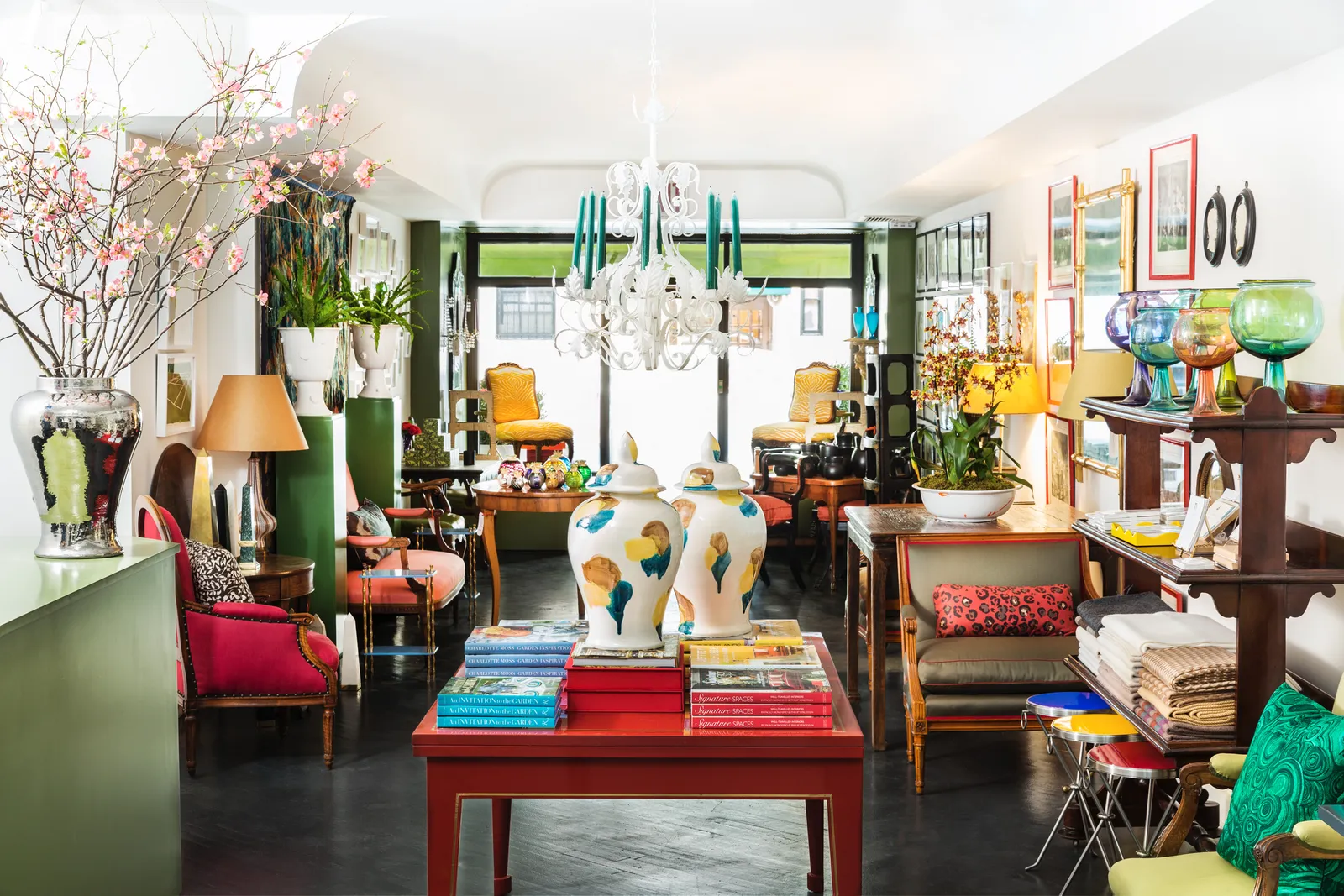

Interior Design Trends
How To Start A Home Decor Store Business
Modified: January 5, 2024
Learn how to start a successful home decor store business and stay ahead of the latest interior design trends. Launch your venture with confidence!
(Many of the links in this article redirect to a specific reviewed product. Your purchase of these products through affiliate links helps to generate commission for Storables.com, at no extra cost. Learn more)
Introduction
Are you passionate about interior design and home decor? Do you have a keen eye for the latest trends in furniture, lighting, and accessories? If so, starting a home decor store business could be the perfect venture for you. In today's dynamic market, consumers are constantly seeking unique and stylish items to enhance their living spaces, making the home decor industry a lucrative and rewarding field to enter.
Embarking on the journey of establishing your own home decor store is an exciting and fulfilling endeavor. It allows you to curate a collection of exquisite pieces that reflect your taste and style while providing customers with the opportunity to transform their homes into personalized havens. However, before diving into this venture, it's crucial to understand the foundational steps required to launch and manage a successful home decor store.
In this comprehensive guide, we will explore the essential aspects of initiating a home decor store business, from conducting thorough research and planning to executing effective marketing strategies. By following these steps, you can lay a solid foundation for your business, attract a loyal customer base, and ultimately thrive in the competitive world of home decor retail. So, let's embark on this enlightening journey and uncover the key elements that will empower you to establish a flourishing home decor store.
Key Takeaways:
- Starting a home decor store requires thorough research, a captivating vision, and a strategic location to attract customers and stand out in the competitive market.
- Curating a diverse inventory, creating an inviting store ambiance, and engaging in effective marketing are crucial for a successful home decor store that resonates with design enthusiasts and homeowners.
Read more: How To Start A Online Home Decor Business
Step 1: Research and Planning
Prior to launching your home decor store, conducting comprehensive research and meticulous planning is paramount. Start by immersing yourself in the world of interior design and home decor trends. Stay updated on the latest styles, color schemes, and popular themes that resonate with diverse consumer preferences. This insight will enable you to curate a compelling inventory that caters to a wide range of tastes and preferences.
Furthermore, researching your target market is essential. Identify your potential customers, understand their demographics, lifestyle choices, and purchasing behaviors. This knowledge will guide your product selection and marketing strategies, ensuring that your offerings align with the desires of your target audience.
As you delve into the planning phase, consider the unique selling proposition (USP) of your home decor store. What sets your store apart from competitors? Whether it’s offering exclusive artisanal pieces, providing personalized design consultations, or specializing in eco-friendly decor, defining your USP will distinguish your brand in the market.
Additionally, create a detailed business plan that outlines your store’s concept, financial projections, marketing approach, and operational strategies. This plan will serve as a roadmap for your business, guiding decision-making and fostering a clear understanding of your objectives.
Collaborating with interior designers, home decor influencers, and industry experts can provide invaluable insights and networking opportunities. Attend trade shows, design exhibitions, and networking events to establish connections and stay abreast of industry developments.
By meticulously researching and planning, you can lay a robust foundation for your home decor store, positioning it for long-term success and resonance with the ever-evolving demands of the market.
Step 2: Create a Business Plan
Creating a comprehensive business plan is a pivotal step in launching a successful home decor store. Your business plan serves as a roadmap, guiding your decisions and outlining the strategies that will drive your store’s growth and profitability.
Begin by defining the vision and mission of your home decor store. What values and aesthetics do you aim to embody? How do you envision enriching the lives of your customers through your curated offerings? Articulating a compelling vision will not only guide your business decisions but also resonate with your target audience.
Conduct a thorough market analysis within your chosen location. Identify the existing home decor stores, analyze their strengths and weaknesses, and discern opportunities for differentiation. Understanding the competitive landscape will enable you to carve out a unique position in the market.
Financial projections are a critical component of your business plan. Estimate your initial investment, ongoing operational expenses, and projected revenue. Consider factors such as inventory procurement, staffing costs, marketing expenditures, and overhead expenses. Developing realistic financial forecasts will instill confidence in potential investors and lenders while providing you with a clear understanding of your store’s financial trajectory.
Detail your marketing and sales strategies within the business plan. How will you attract customers to your store? Will you leverage social media, collaborate with influencers, or host exclusive events? Outline your promotional tactics and customer acquisition channels, ensuring a cohesive and compelling approach to reaching your target audience.
Moreover, your business plan should encompass operational logistics, including inventory management, supplier relationships, and customer service protocols. By addressing these operational aspects, you can streamline your store’s processes and deliver a seamless experience to your clientele.
Ultimately, a well-crafted business plan not only provides clarity and direction but also serves as a persuasive tool when seeking funding or partnerships. It crystallizes your vision, strategies, and operational framework, laying the groundwork for a flourishing home decor store.
Step 3: Choose a Suitable Location
When establishing a home decor store, the significance of choosing the right location cannot be overstated. The location of your store plays a pivotal role in attracting foot traffic, engaging your target audience, and fostering a strong brand presence within the community.
Begin by conducting a thorough assessment of potential locations. Consider factors such as visibility, accessibility, and the demographic profile of the surrounding area. A bustling shopping district or a trendy neighborhood known for its design-conscious residents could serve as an ideal setting for your home decor store.
Foot traffic is a key determinant of a location’s viability. Seek out areas with high pedestrian activity, as this can significantly enhance the visibility of your store and attract potential customers who are inclined to explore unique home decor offerings.
Additionally, assess the proximity of complementary businesses. Being situated near interior design firms, furniture stores, or home improvement centers can create synergistic opportunities for cross-promotion and collaboration, amplifying your store’s appeal to discerning customers seeking comprehensive design solutions.
Understanding the demographic composition of the area is crucial. Evaluate the income levels, lifestyle preferences, and design sensibilities of the local population. Tailoring your inventory and marketing initiatives to resonate with the tastes and aspirations of the community will position your store for relevance and resonance.
Furthermore, consider the operational practicalities of the location, including lease terms, rental costs, and zoning regulations. Negotiating favorable lease terms and ensuring compliance with local regulations will contribute to the long-term sustainability of your store.
Ultimately, choosing a suitable location involves a blend of strategic foresight and an intimate understanding of your target market. By selecting a prime location that aligns with your brand identity and customer demographics, you can establish a compelling presence in the home decor retail landscape, captivating the imagination of design enthusiasts and homeowners alike.
Step 4: Obtain Necessary Permits and Licenses
Before commencing operations for your home decor store, it is imperative to navigate the regulatory landscape and secure the essential permits and licenses. Compliance with legal requirements not only ensures the legitimacy of your business but also fosters trust and credibility among customers and stakeholders.
Initiate the process by researching the specific permits and licenses mandated for retail establishments in your jurisdiction. This may encompass a general business license, sales tax permit, and zoning permits. Engage with local regulatory authorities or seek legal counsel to gain a comprehensive understanding of the requisite approvals.
Environmental and safety regulations are paramount in the retail sector. Depending on the nature of your inventory, you may need to adhere to regulations governing the sale of upholstered furniture, lighting fixtures, or home accessories. Ensure that your products comply with safety standards and industry-specific regulations to mitigate potential liabilities.
If your home decor store incorporates an e-commerce component, familiarize yourself with online business regulations, data protection laws, and digital commerce requirements. Safeguarding customer data and ensuring compliance with e-commerce regulations are integral aspects of operating a modern home decor retail business.
Additionally, if you plan to serve refreshments or host events within your store, securing permits for food service, entertainment, or public gatherings may be necessary. Understanding the nuances of these permits will enable you to seamlessly integrate experiential elements into your store’s offerings while remaining fully compliant with regulatory mandates.
Moreover, consider insurance coverage to safeguard your business against unforeseen circumstances. Liability insurance, property insurance, and product liability coverage can provide comprehensive protection, offering peace of mind as you embark on your entrepreneurial journey.
By diligently navigating the landscape of permits, licenses, and regulatory compliance, you can establish a solid legal foundation for your home decor store. Upholding ethical and legal standards not only mitigates risks but also cultivates a trustworthy and reputable brand image, positioning your store for sustained success in the competitive retail landscape.
Research your target market to understand their preferences and budget. This will help you curate a product selection that appeals to your customers and sets your store apart.
Read more: How To Start A Home Decor Business In India
Step 5: Source Inventory and Suppliers
Curating a captivating inventory lies at the heart of a successful home decor store. As you embark on this crucial step, sourcing high-quality products from reputable suppliers is essential to offering a diverse and compelling selection that resonates with your target audience.
Commence by identifying suppliers renowned for their craftsmanship, innovation, and commitment to quality. Whether you seek artisanal handcrafted pieces, contemporary designer furniture, or eclectic decor accents, cultivating partnerships with suppliers who align with your brand’s aesthetic and values is paramount.
Attending trade shows, design exhibitions, and industry events provides invaluable opportunities to connect with potential suppliers and discover emerging trends and innovations in the home decor sector. Engage in meaningful conversations with suppliers, inquire about their production processes, and assess the uniqueness and market appeal of their offerings.
Conduct thorough due diligence when evaluating potential suppliers. Request samples of their products to assess their quality, durability, and design integrity. Additionally, scrutinize their lead times, shipping capabilities, and after-sales support to ensure a seamless and reliable supply chain for your store.
Furthermore, explore the prospect of collaborating with local artisans and independent designers to infuse your inventory with distinctive, locally sourced creations. Embracing artisanal craftsmanship not only adds a unique charm to your offerings but also fosters a sense of community and authenticity within your store.
Establishing strong supplier relationships built on transparency, mutual respect, and shared values is instrumental in securing favorable terms, exclusive designs, and continuous innovation. Cultivating these partnerships can lead to collaborative initiatives, custom product development, and tailored offerings that set your store apart in the competitive home decor landscape.
By thoughtfully sourcing your inventory and nurturing relationships with reputable suppliers, you can curate a captivating and diverse collection that reflects your brand’s ethos and captivates the discerning tastes of your clientele. This approach lays the groundwork for a distinctive and compelling retail experience, elevating your home decor store to a coveted destination for design enthusiasts and homeowners alike.
Step 6: Set Up Your Store
Setting up your home decor store involves a meticulous blend of creativity, strategic merchandising, and operational finesse. From crafting an inviting ambiance to optimizing the layout for a seamless customer experience, every facet of your store’s setup contributes to its allure and functionality.
Begin by conceptualizing the layout and design of your store. Consider the flow of customer traffic, focal points for featured displays, and designated areas for distinct product categories. Embrace a harmonious balance between open spaces and curated vignettes, allowing customers to explore and envision your products within immersive settings.
Lighting plays a pivotal role in accentuating your merchandise and creating an inviting atmosphere. Strategically utilize ambient, accent, and task lighting to highlight focal points, evoke mood, and showcase the intricate details of your home decor offerings. Natural light, when available, can infuse a sense of warmth and authenticity into your store’s ambiance.
Furnish your store with fixtures and displays that complement your inventory and enhance the visual appeal of your space. From shelving units and display tables to versatile modular systems, select fixtures that harmonize with your brand’s aesthetic while facilitating a captivating presentation of your products.
Embrace the power of storytelling through your store’s visual merchandising. Curate thematic displays that evoke aspirational living spaces, seasonal trends, or lifestyle narratives. Thoughtfully juxtapose complementary items, textures, and colors to inspire customers and encourage them to envision your products within their own homes.
Moreover, prioritize the integration of technology within your store. Interactive digital displays, virtual design tools, and augmented reality experiences can enrich customer engagement, facilitate personalized consultations, and elevate the overall shopping journey, bridging the realms of digital innovation and tactile retail experiences.
Lastly, infuse your store with personalized touches and sensory elements. Engage customers through ambient music, inviting scents, and hospitable gestures, fostering an immersive and memorable encounter that transcends traditional retail transactions.
By thoughtfully orchestrating the setup of your home decor store, you can craft an enchanting and experiential environment that not only showcases your products but also resonates with the aspirations and sensibilities of your discerning clientele. This approach sets the stage for a captivating retail experience that transcends mere transactions, inviting customers into a world of inspiration and design possibilities.
Step 7: Marketing and Promotion
Effective marketing and promotion are instrumental in establishing your home decor store’s brand identity, attracting customers, and fostering enduring connections within your community and beyond. By crafting a compelling marketing strategy and leveraging diverse promotional channels, you can amplify the visibility of your store and captivate the attention of design enthusiasts and homeowners alike.
Commence by developing a robust digital presence through a captivating website and engaging social media platforms. Your website should serve as a digital storefront, showcasing your curated offerings, sharing inspiring design insights, and facilitating seamless online transactions. Embrace search engine optimization (SEO) strategies to enhance your website’s visibility and drive organic traffic.
Embrace the power of visual storytelling through captivating photography, immersive videos, and compelling blog content. Share behind-the-scenes glimpses, design tips, and trend highlights to captivate and educate your audience, positioning your store as a trusted source of design inspiration.
Engage with influencers, interior designers, and home decor enthusiasts to amplify your store’s reach and credibility. Collaborations with influencers and industry professionals can expand your store’s visibility, foster authentic endorsements, and cultivate a community of design aficionados who resonate with your brand’s ethos.
Host captivating events, workshops, and design consultations within your store to foster experiential engagements with your audience. These initiatives not only enrich customer experiences but also position your store as a hub for design inspiration, knowledge sharing, and community building.
Strategically leverage email marketing to nurture relationships with your customer base, share exclusive promotions, and provide personalized design recommendations. Tailor your email content to resonate with diverse customer segments, offering targeted insights and product recommendations that align with their preferences.
Furthermore, explore collaborations with complementary businesses, design publications, and local media outlets to amplify your store’s visibility. Participating in design showcases, home tours, and community events can further elevate your store’s presence and foster meaningful connections within your local design ecosystem.
By orchestrating a multifaceted marketing and promotion strategy, you can position your home decor store as a compelling and influential presence in the design landscape. Embrace creativity, authenticity, and strategic engagement to cultivate a loyal customer base, inspire design enthusiasts, and carve a distinctive niche within the dynamic realm of home decor retail.
Step 8: Launch and Manage Your Business
The culmination of your meticulous preparations and creative vision leads to the exhilarating moment of launching your home decor store. As you embark on this transformative journey, effective management practices and a customer-centric approach are pivotal in nurturing a thriving and enduring retail enterprise.
Host a captivating launch event that embodies the essence of your brand and the allure of your curated offerings. Embrace experiential elements, exclusive promotions, and engaging interactions to captivate attendees and initiate enduring connections with your community. The launch event serves as a pivotal opportunity to introduce your store to the public, garner media attention, and cultivate a sense of anticipation and excitement.
Implement robust inventory management systems to streamline procurement, track product performance, and optimize stock levels. Leverage data analytics and sales insights to discern trends, identify top-performing products, and refine your inventory assortment to align with customer preferences and market demands.
Foster a customer-centric culture within your store, prioritizing personalized service, design consultations, and attentive engagement with clientele. Empower your staff with product knowledge, design expertise, and a genuine passion for enhancing customers’ living spaces, fostering enduring relationships and loyalty.
Embrace a dynamic approach to merchandising, regularly refreshing displays, and introducing new arrivals to entice repeat visits and spark curiosity. Embody seasonal themes, design narratives, and lifestyle inspirations within your store’s ambiance, creating an ever-evolving and captivating environment for your customers.
Harness the power of feedback and insights from your clientele to refine your offerings, enhance customer experiences, and adapt to evolving design trends. Actively seek and incorporate customer input, testimonials, and design preferences into your store’s evolution, fostering a sense of co-creation and community within your brand.
Moreover, prioritize community engagement and social responsibility initiatives. Collaborate with local artisans, charitable causes, and design education programs to foster a sense of social impact and give back to the community that sustains your business.
Embrace a forward-looking approach by staying attuned to emerging design trends, technological innovations, and evolving consumer preferences. Continuously evolve your store’s offerings, experiences, and engagement strategies to remain at the forefront of the dynamic home decor landscape.
By infusing your business management with creativity, customer-centricity, and adaptability, you can nurture a home decor store that transcends traditional retail paradigms, fostering enduring connections, and inspiring design enthusiasts and homeowners to transform their living spaces with style and sophistication.
Conclusion
Embarking on the journey of establishing a home decor store is a testament to your passion for design, creativity, and the art of curating captivating living spaces. Throughout this comprehensive guide, we have delved into the essential steps that pave the way for a successful and resonant home decor retail venture.
From the initial stages of meticulous research, planning, and location selection to the strategic sourcing of inventory, meticulous setup, and dynamic marketing initiatives, each facet of this entrepreneurial odyssey contributes to the realization of your vision.
As you navigate the multifaceted landscape of launching and managing your business, prioritize the fusion of creativity, customer-centricity, and operational excellence. Embrace the power of storytelling, experiential retail, and community engagement to position your store as a compelling and influential presence within the home decor realm.
By fostering enduring connections, embracing innovation, and staying attuned to the pulse of design trends, you can cultivate a home decor store that transcends mere transactions, inviting customers into an immersive world of inspiration, style, and transformative design possibilities.
As you embark on this enriching journey, remember that the heart of your store lies in the art of enriching lives, inspiring creativity, and curating spaces that reflect the aspirations and individuality of your clientele. Embrace this ethos, and let it resonate through every facet of your store, from the products you curate to the experiences you craft.
Ultimately, your home decor store is more than a retail destination; it is a canvas for design expression, a catalyst for community, and a sanctuary for those seeking to infuse their living spaces with beauty, comfort, and personal resonance.
May your entrepreneurial voyage be adorned with creativity, resilience, and the fulfillment of enriching the lives of those who enter your store, igniting their imagination and empowering them to transform their homes into havens of style and sophistication.
Frequently Asked Questions about How To Start A Home Decor Store Business
Was this page helpful?
At Storables.com, we guarantee accurate and reliable information. Our content, validated by Expert Board Contributors, is crafted following stringent Editorial Policies. We're committed to providing you with well-researched, expert-backed insights for all your informational needs.
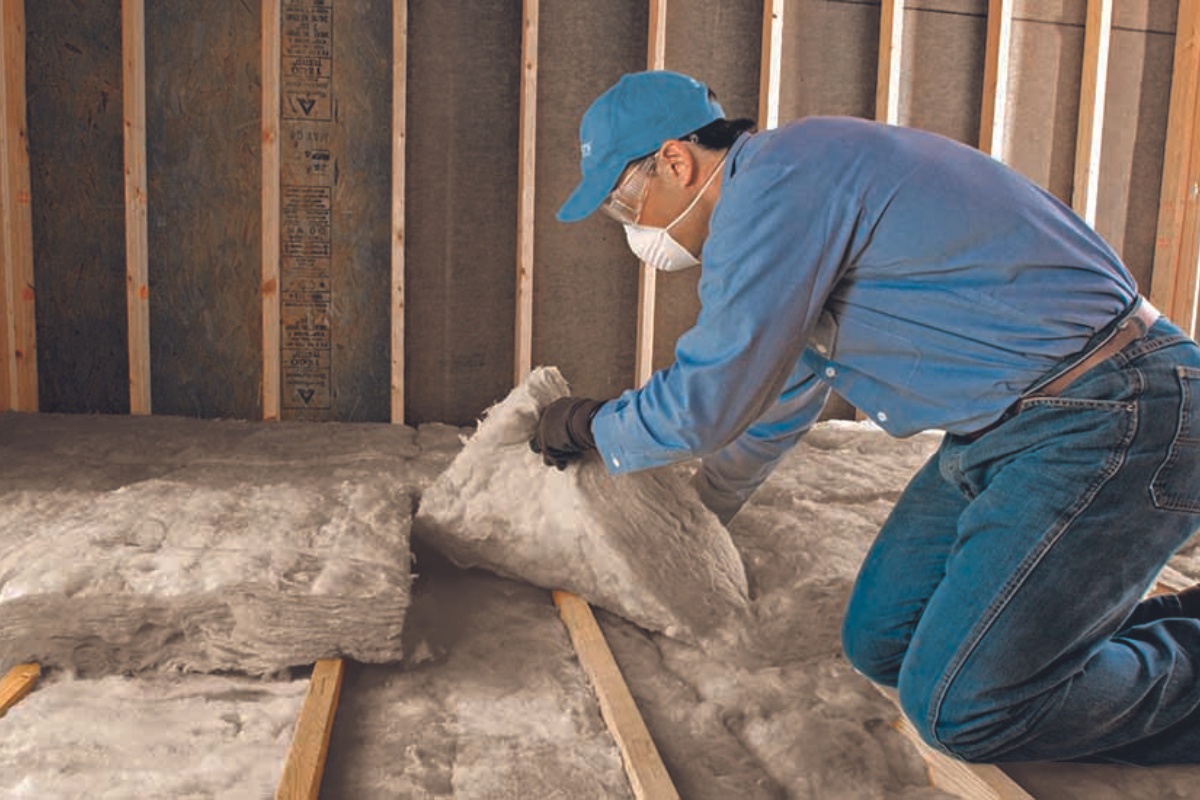
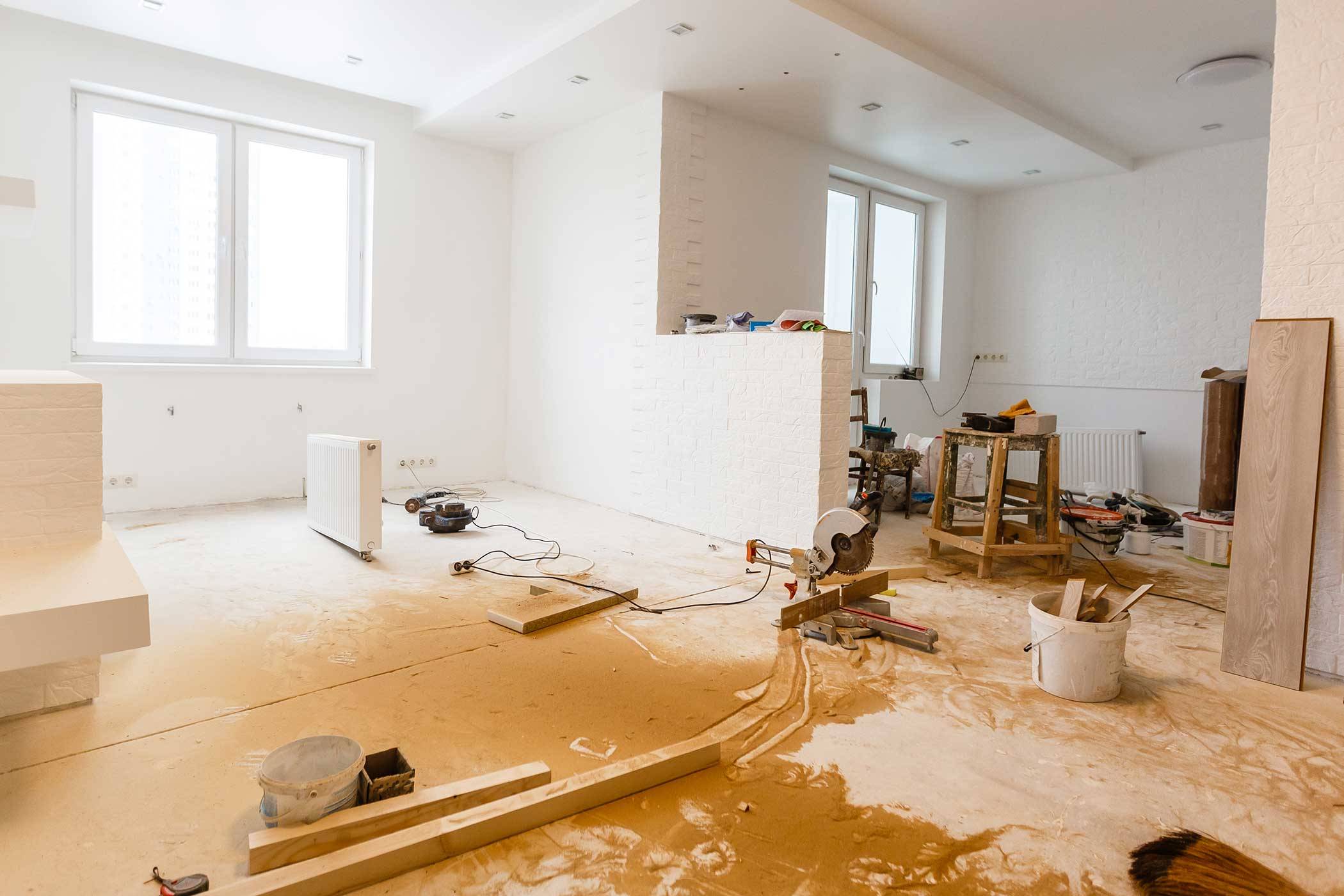


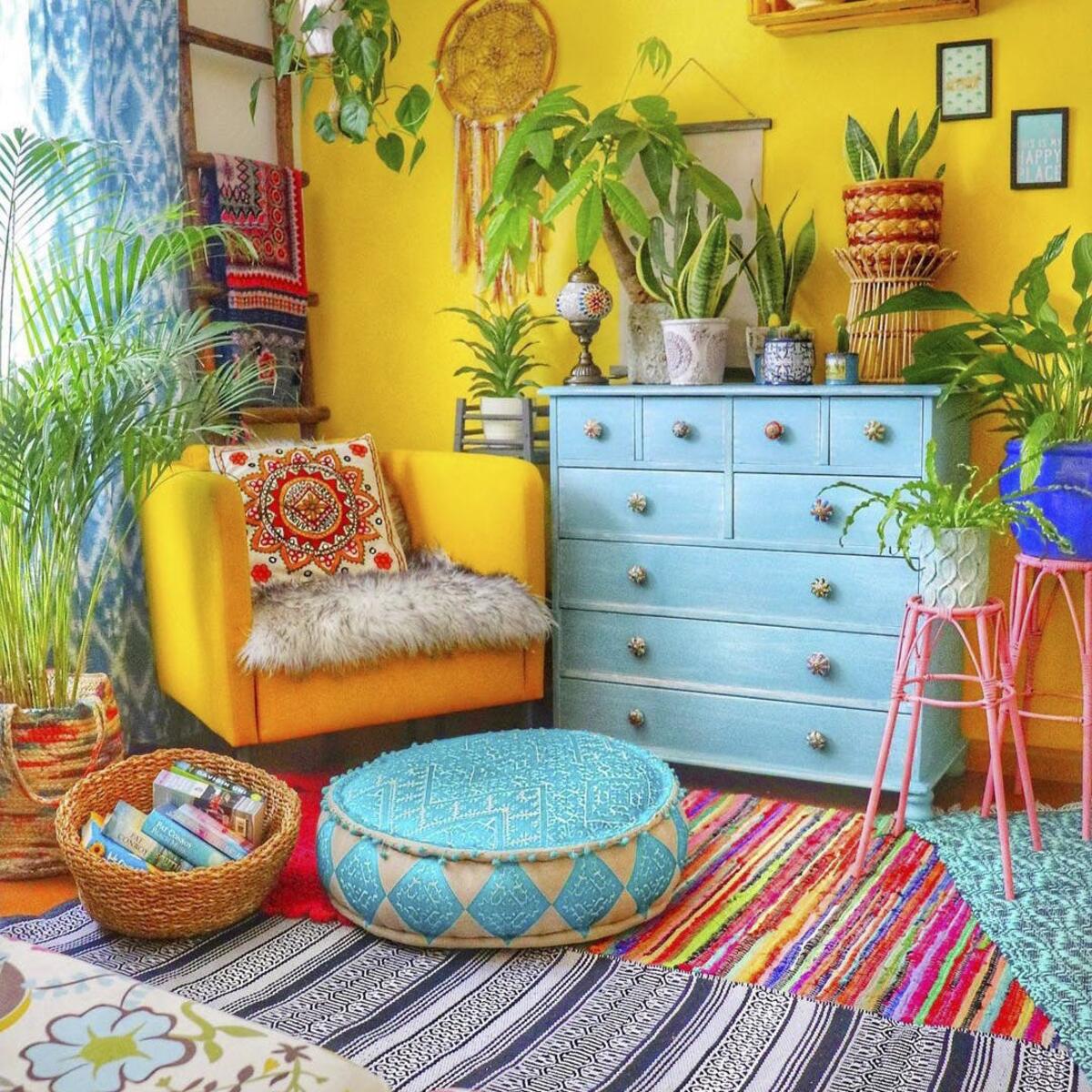




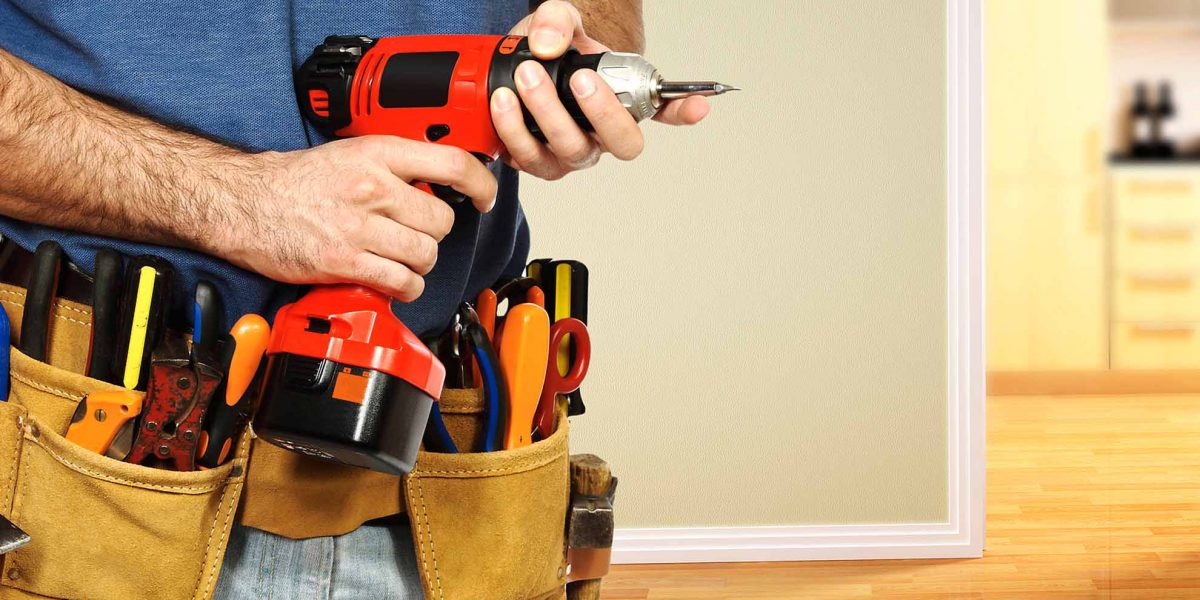




0 thoughts on “How To Start A Home Decor Store Business”